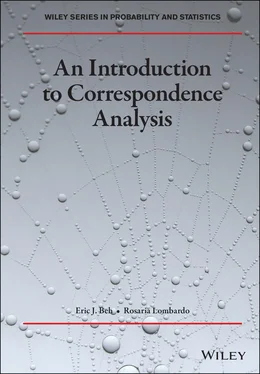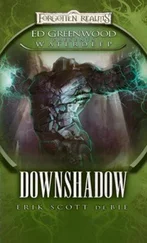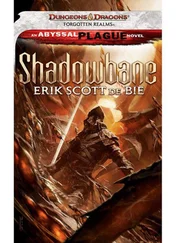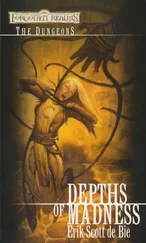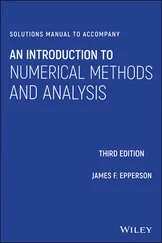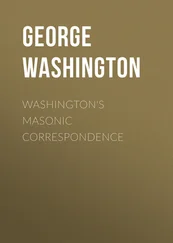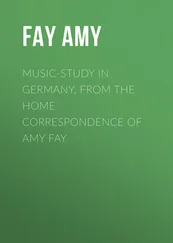The right of Eric J. Beh and Rosaria Lombardo to be identified as the authors of this work has been asserted in accordance with law.
Registered Offices John Wiley & Sons, Inc., 111 River Street, Hoboken, NJ 07030, USA John Wiley & Sons Ltd, The Atrium, Southern Gate, Chichester, West Sussex, PO19 8SQ, UK
Editorial Office 9600 Garsington Road, Oxford, OX4 2DQ, UK
For details of our global editorial offices, customer services, and more information about Wiley products visit us at www.wiley.com.
Wiley also publishes its books in a variety of electronic formats and by print-on-demand. Some content that appears in standard print versions of this book may not be available in other formats.
Limit of Liability/Disclaimer of Warranty The contents of this work are intended to further general scientific research, understanding, and discussion only and are not intended and should not be relied upon as recommending or promoting scientific method, diagnosis, or treatment by physicians for any particular patient. In view of ongoing research, equipment modifications, changes in governmental regulations, and the constant flow of information relating to the use of medicines, equipment, and devices, the reader is urged to review and evaluate the information provided in the package insert or instructions for each medicine, equipment, or device for, among other things, any changes in the instructions or indication of usage and for added warnings and precautions. While the publisher and authors have used their best efforts in preparing this work, they make no representations or warranties with respect to the accuracy or completeness of the contents of this work and specifically disclaim all warranties, including without limitation any implied warranties of merchantability or fitness for a particular purpose. No warranty may be created or extended by sales representatives, written sales materials or promotional statements for this work. The fact that an organization, website, or product is referred to in this work as a citation and/or potential source of further information does not mean that the publisher and authors endorse the information or services the organization, website, or product may provide or recommendations it may make. This work is sold with the understanding that the publisher is not engaged in rendering professional services. The advice and strategies contained herein may not be suitable for your situation. You should consult with a specialist where appropriate. Further, readers should be aware that websites listed in this work may have changed or disappeared between when this work was written and when it is read. Neither the publisher nor authors shall be liable for any loss of profit or any other commercial damages, including but not limited to special, incidental, consequential, or other damages.
Library of Congress Cataloging-in-Publication Data
Names: Beh, Eric J., author. | Lombardo, Rosaria, author.
Title: An introduction to correspondence analysis / Eric J. Beh, Rosaria Lombardo.
Description: Hoboken, NJ : Wiley, 2021. | Includes bibliographical references and index.
Identifiers: LCCN 2020034475 (print) | LCCN 2020034476 (ebook) | ISBN 9781119041948 (cloth) | ISBN 9781119041962 (adobe pdf) | ISBN 9781119041979 (epub)
Subjects: LCSH: Correspondence analysis (Statistics)
Classification: LCC QA278.5 .B43 2021 (print) | LCC QA278.5 (ebook) | DDC 519.5/37–dc23
LC record available at https://lccn.loc.gov/2020034475
LC ebook record available at https://lccn.loc.gov/2020034476
Cover Design: Wiley
Cover Image: © Giovanna Lombardo, p.zza Giovanni XXIII, Castellammare di Stabia (NA) Italy
To Rosey and Alex …
To Donato, Renato and Andrea …
… for your patience, support and always being there
… Eric J. Beh & Rosaria Lombardo
In memory of two pioneers
Jean-Paul Benzecri (1932–2019)
and
John Clifford Gower (1930–2019)
May your legacy live on
In the late 2000’s we embarked on a rather ambitious project to write a book that covered an extensive array of topics on correspondence analysis. This work resulted in the publication in 2014 of Correspondence Analysis: Theory, Practice and New Strategies . The attempt in that book was to provide a comprehensive technical, computational, theoretical and practical description of a variety of correspondence analysis techniques. These focused largely on the analysis of nominal and ordinal categorical variables with a symmetric and asymmetric association structure. We not only described these techniques for two variables but also discussed how they can be used and adapted for analysing multiple categorical variable.
Irrespective of the benefits and faults of that book, we attempted to give an extensive number of different perspectives. While our general flavour may be more in line with the French approach to correspondence analysis we also tried to approach our discussion by incorporating the British/American conventions of categorical data analysis commonly seen throughout the world. A priority we had was to not just provide a synthesis of a broad amount of the correspondence analysis literature from all around the world but to also discuss the role that the origin of categorical data analysis had on the development of correspondence analysis.
From writing the 2014 book we quickly realised that it may contain too much information for someone who was not well versed in some of the more subtle or obscure aspects of correspondence analysis. We also became aware that some didn’t feel the need to wade through an extensive literature review and technical discussion, but instead wished to focus on the key features of the analysis. So, after taking some time to take a deep breath and stretch our collective muscles, we dived back into writing again to focus on a book with more of an introductory, or tutorial, flavour than the first book allowed. This book is the result of those deep breaths and muscle stretches.
There are many contributions in the statistics, and allied, literature that provide an introduction to correspondence analysis. However many of these focus primarily on the classical approaches that have been around for decades and deal, for the most part, with the visual depiction of the association between nominal variables. Many of these contributions are also discipline specific so that the terminology used, and the application made, are in terms of a particular data or area of research. Michael Greenacre’s book Correspondence Analysis in Practice , which is now in its third edition (as of 2017) provides an excellent introductory description of correspondence analysis. Despite the excellent discussion of a wide range of topics, his book focuses on nominal categorical variables and so deals with the more traditional approaches to performing correspondence analysis.
What makes this book distinctive is that we don’t just introduce how to perform correspondence analysis for two or more nominal categorical variables using the traditional techniques. This book also provides some introductory remarks on the theory and application of non-symmetrical correspondence analysis; a variant that accommodates for a predictor variable and a response variable. We also provide an introduction to how ordered categorical variables can be incorporated into the analysis. For the analysis of multiple nominal categorical variables we do give an introduction to the classical approaches to multiple correspondence analysis (which involve transforming a multi-way contingency table into a two-way form) but we also provide some introductory remarks and an application of multi-way correspondence analysis; a technique which preserves the hyper-cube format of a multi-way contingency table. For the sake of simplicity though, we restrict our attention to the analysis of three variables, but we do examine how to analyse their association when two of them are treated as a predictor variable and the third variable is treated as a response variable.
Читать дальше
